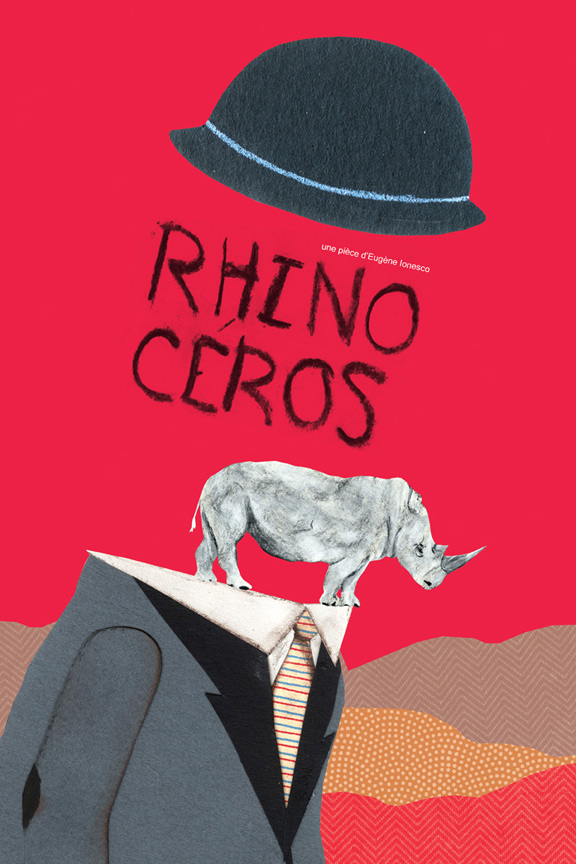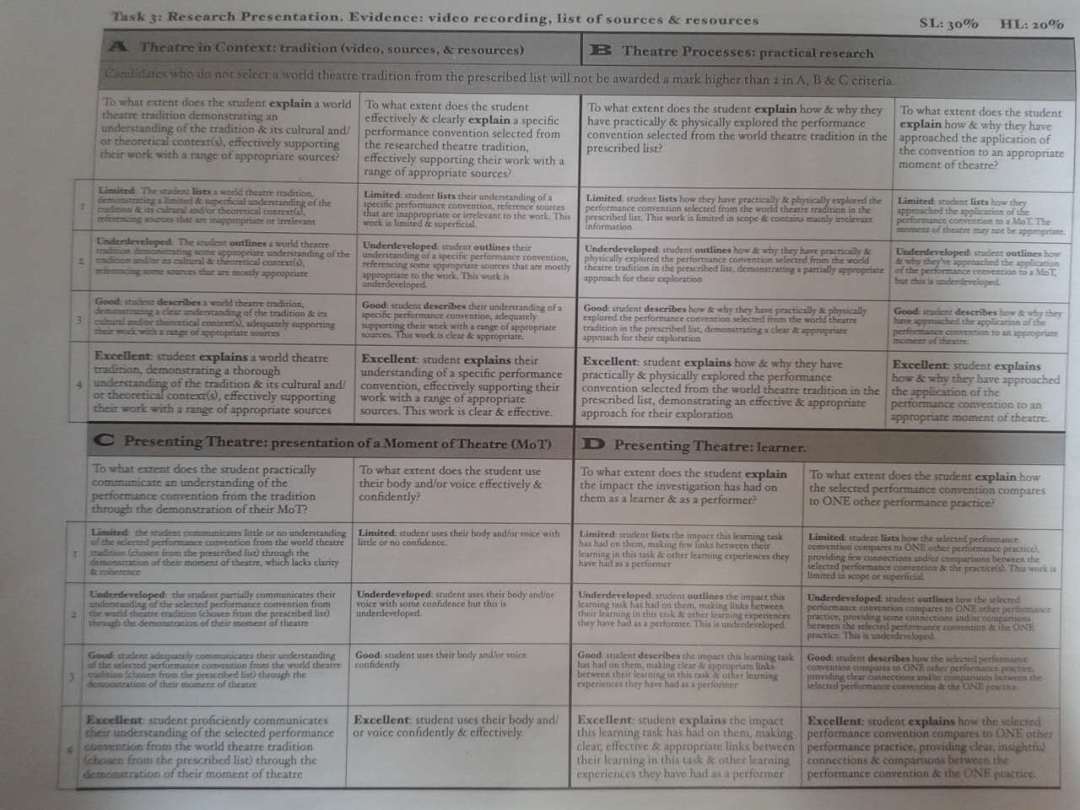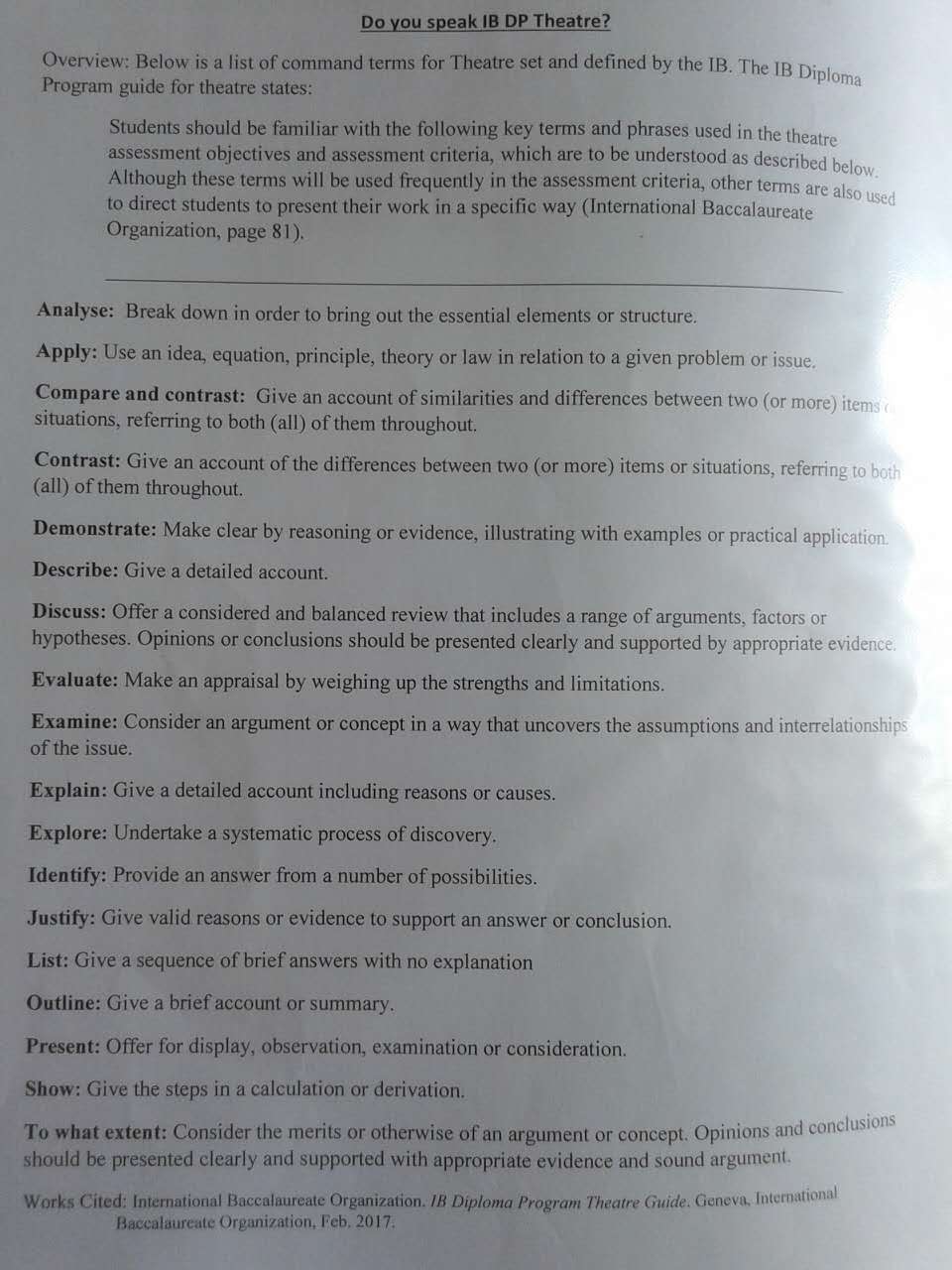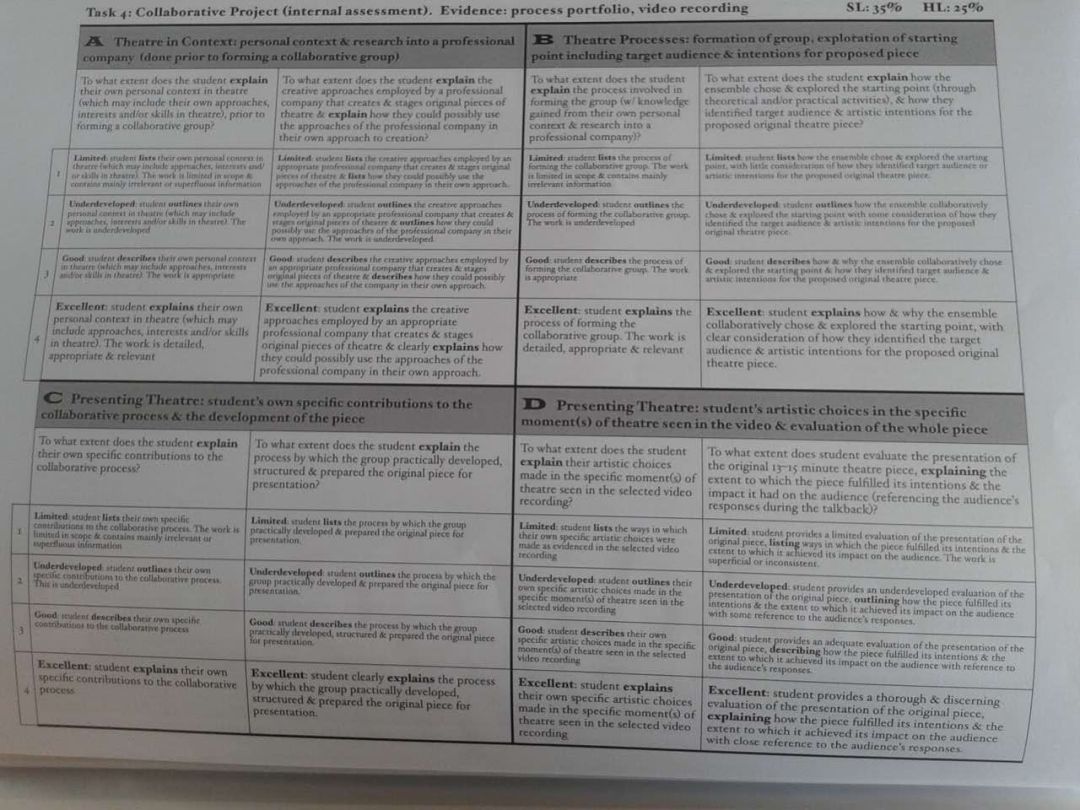The company I will be researching on is named: GECKO.
ABOUT GECKO
Gecko is an award-winning and internationally-acclaimed physical theatre company, led by Artistic Director Amit Lahav.
A Gecko show is visual, visceral, ambitious theatre crafted to inspire, move and entertain. Gecko strives to make their work wide open to interpretation and put their audience at the heart of the narrative.
Amit has created an organic devising process that oscillates between intense periods of experimentation, making brave leaps, learning and failing and including choreography, writing, storyboarding and reflection. Every stage includes sonic and technical development alongside the choreography.
With an expanding ensemble of international performers and makers, Gecko works across diverse age groups, nationalities and forms. The company tours nationally and internationally and continues to develop strong partnerships around the world.
Beyond the stage, Gecko aspires to open the doors on their process via every possible avenue, be it digital, in schools or through one-to-one relationships with their audience.
COMPANY FOCUS
Gecko is an artist-led organisation and the creation of artistic product drives all conversations from education to marketing. The creation process is incredibly rigorous and productive to ensure the high quality demanded by Gecko. It is a proven process which has created 7 celebrated shows over a decade in this way.
The creative process happens over two years and includes the ‘creation tour’ where a show continues to develop whilst on tour. The longevity of a show’s life, up to five years, means that the current show in development carries enormous significance in all aspects of the company’s work.
QUALITY
We are completely committed to our pursuit of making excellent work. Every aspect of the process provides us with the tools to make shows of the highest quality: time, rigour, world-class performers and creative teams, world-class venues and management support. Our shows are incredibly detailed and crafted, highly skillful and universal, creating both a childlike wonder and an artisan appreciation in our audiences.
We have a responsibility to our audiences, especially our young audiences, to produce the most exciting, powerful, challenging work possible – A responsibility we take very seriously. Our status as an Arts Council England National Portfolio Organisation inspires us in the business of Gecko even more.
http://geckotheatre.com/about/
Reflection:
I fell instantly in love. Thos theatre company may not have the most luxurious and elegant equipment but their passion and energy are undoubtedly admirable. I was impressed when they made use of regular objects to create an unforgettable visual experience. Their focus on visual presentation and physical exploration seem to definitely characterise their vision. I felt inspired by their ability to make use of limited resources and create a holistic theatrical experience. Sometimes the simplest of things are the greatest and definitely, that is for this company. A fundamental reoccurring pattern amongst their work is the theme they choose to explore. Whether it is unconventional or traditional through their interpretation they create this identification with the audience. As if they are watching their own lives in front of them. Lastly, I would like to touch on their attention to detail and how this contributes to the creation of an overwhelming experience for the audience.









